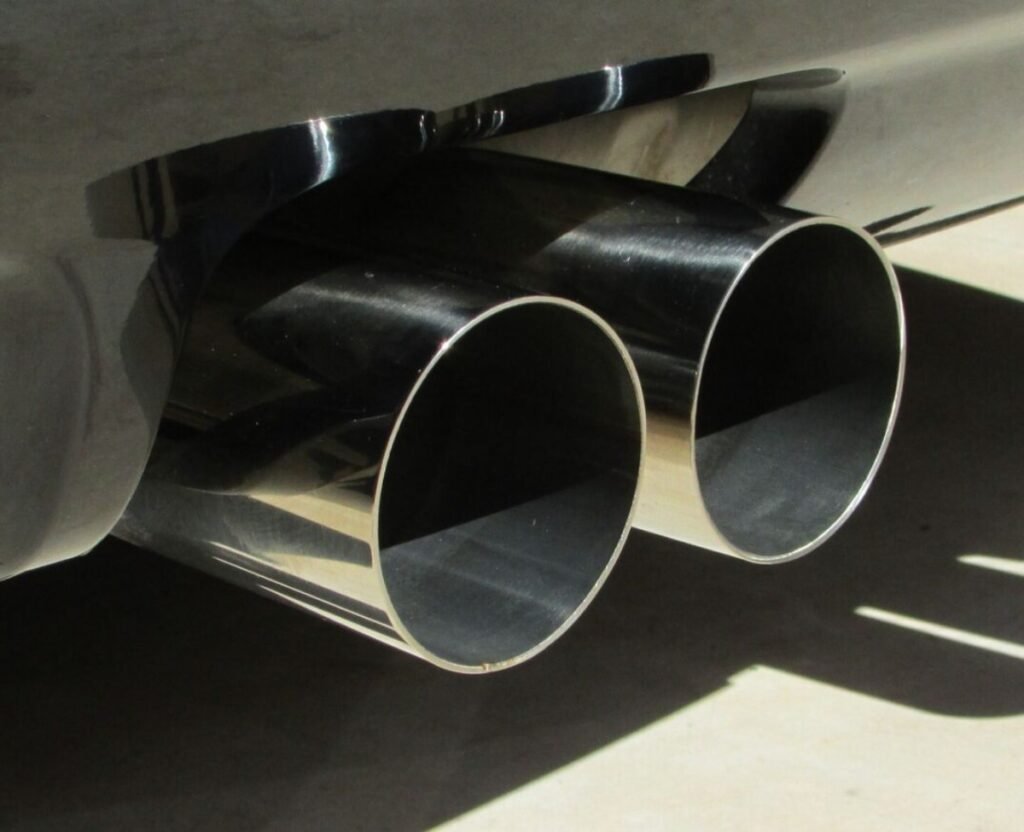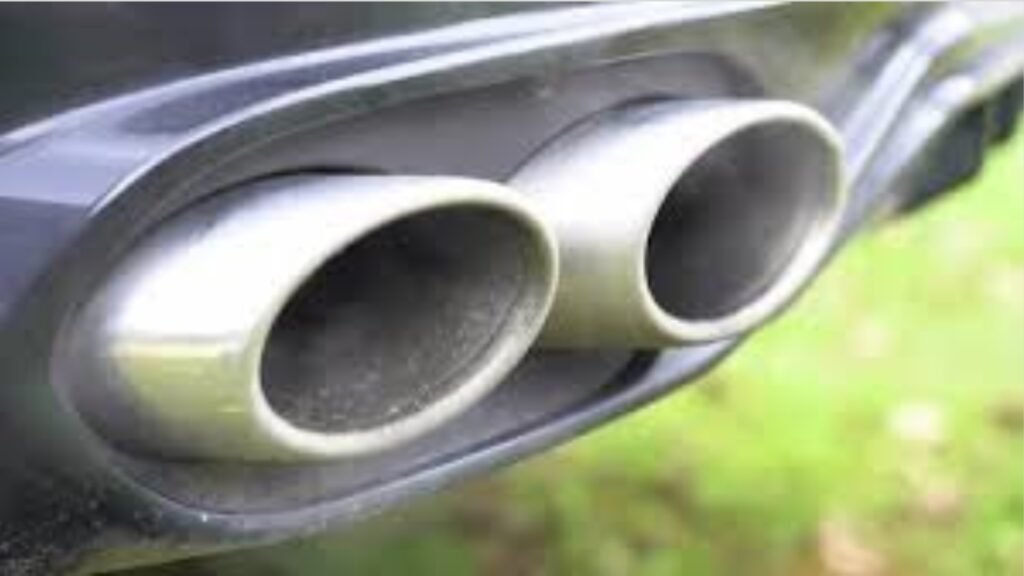Exhaust pipes are an essential part of any vehicle, serving as channels to direct gases away from the engine after combustion. Constructed to handle extreme heat and pressure, exhaust pipes help ensure both the vehicle’s performance and safety. Their design varies depending on the engine size and performance needs.
Research and analysis have shown that exhaust systems directly influence a vehicle’s efficiency and environmental impact. Studies emphasize their importance in reducing harmful emissions and maintaining fuel economy. Experts also highlight advancements in materials like stainless steel and titanium for longevity. Innovations such as catalytic converters, hybrid optimizations, and active exhaust systems demonstrate the continuous evolution of these components in response to stricter regulations.
Imagine a system where every breath of the engine translates into seamless performance and cleaner air. Exhaust pipes reflect more than engineering—they are innovations at the core of efficiency and sustainability. Whether you’re a car enthusiast or just curious, exploring these components reveals how small design changes create significant impacts, from horsepower boosts to eco-conscious driving.
What Are Exhaust Pipes?
It acts as channels that transport gases away from the engine. These gases result from internal combustion during the engine’s power-producing cycle. The system does much more than simply remove waste gases. It ensures that pollutants are minimized, engine noise is reduced, and performance is optimized.
Typically, exhaust pipes are located underneath or along the sides of the vehicle. High-performance vehicles often feature larger pipes for better airflow and efficiency. Standard vehicles, on the other hand, have pipes designed to balance emissions control, performance, and noise reduction.
Exhaust pipes are also engineered to withstand the high temperatures and pressures generated by engine operation. Durability is critical to prevent damage that could impair overall vehicle performance and safety.
Types of Exhaust Pipes
Each vehicle has a specific exhaust system setup, suited to its design and purpose.
Single Exhaust Pipes
These are the standard pipes installed in most economy and passenger vehicles. A single exhaust system uses one pipe to expel gases. Its design focuses on practicality and cost efficiency. This setup works well for engines that don’t require high output or airflow.
Dual Exhaust Pipes
By doubling the outlets, airflow rates increase, reducing engine backpressure. This enhances power and creates an aggressive sound that attracts car enthusiasts.
Y-Pipes
Y-pipes are a hybrid solution. They connect two exhaust manifolds into a single pipe. This configuration helps vehicles with limited space achieve smoother airflow without the bulk of a dual exhaust system.
Straight Pipes
Straight pipes are popular in performance and racing vehicles. They eliminate mufflers and other restrictive components, facilitating maximum exhaust flow.
Crossover Pipes
Crossover systems use H-pipes or X-pipes to connect dual exhaust setups. These configurations balance airflow between the two sides, reducing turbulence. They improve engine efficiency and smoothen exhaust noise.
Cat-Back Systems
This design focuses on enhancing system performance without tampering with emissions control. Many aftermarket upgrades fall into this category.
Turbo-Back Systems
Turbo-back exhaust systems enhance turbocharged engines. These pipes start from the turbocharger outlet. This configuration optimizes turbo spool, boosts performance, and delivers a sharper exhaust note.

Materials Used in Exhaust Pipes
The materials of exhaust pipes significantly affect their durability, performance, and cost. Below are the most commonly used materials:
Stainless Steel
Stainless steel is the industry standard for modern and high-performance vehicles. It offers excellent resistance to rust and corrosion. The material can withstand high temperatures and is highly durable. Popular grades include 409 and 304.
Aluminized Steel
Aluminized steel includes a coating of aluminum-silicon alloy for added corrosion resistance. It costs less than stainless steel but provides moderate durability. It tends to rust over time if the coating gets damaged.
Mild Steel
It is low-cost, lightweight, and easy to work with. However, it rusts quickly, especially in humid or salty conditions. Because of its limited lifespan, it’s rarely used in modern vehicles.
Titanium
Titanium is favored for high-end performance cars. It’s remarkably lightweight and highly resistant to heat. Its premium attributes come with a hefty price tag, making it less common than other materials.
Ceramics
Ceramic-coated components enhance heat insulation while resisting corrosion. Although not the primary pipe material, ceramic coatings improve performance by minimizing heat transfer to adjacent components.
Functions of Exhaust Pipes
Exhaust pipes are more than just conduits for waste gases. They contribute critically to your vehicle’s functionality and your safety. Below are the key functions:
Emission Control
Exhaust pipes direct gases toward the catalytic converter. Without proper piping, pollutants could escape untreated into the environment.
Noise Reduction
The exhaust system manages engine noise by channeling gases through silencers like mufflers.
Engine Efficiency
Well-designed exhaust pipes reduce engine backpressure. Lower resistance in gas expulsion allows the engine to operate more efficiently, delivering more power and better fuel economy.
Heat Management
Exhaust pipes safely transfer hot gases away from the engine. This helps prevent heat buildup that could damage nearby components or cause discomfort in the cabin.
Enhance Performance
Certain setups, like straight or dual exhausts, are tailored to maximize performance. By increasing the volume of expelled gases, they boost horsepower and torque.
Common Issues and Maintenance Tips
Even the best exhaust system will encounter issues over time. Proper care and regular checks can ensure that your exhaust pipes last longer and perform optimally. Here are common problems and tips to manage them:
Leaks
Leaks often occur at pipe joints or due to cracks caused by wear. A leaking exhaust system may emit loud noises or vibrations. Inspect welds and connection points regularly to detect early signs of damage.
Rust and Corrosion
Steel pipes are vulnerable to rust, especially in humid or snowy regions.
Blockages
Clogging occurs when internal components like catalytic converters or mufflers accumulate debris. To prevent blockages, schedule regular professional exhaust checks and cleanings when necessary.
Loose Hangers
The system relies on brackets and hangers to stay secure. Over time, these can loosen or break, causing parts to sag. Tighten brackets during routine maintenance to avoid this issue.
Latest Trends in Exhaust Systems
Vehicle technologies continue to evolve rapidly, and exhaust systems are no exception. Innovations focus on improving efficiency, reducing emissions, and enhancing performance. Key trends include:
Hybrid and Electric Integration
The rise of hybrid and electric vehicles is reshaping exhaust system design. While electric engines eliminate traditional exhaust systems, hybrids still rely on efficient exhaust solutions during combustion engine operation.
Active Exhaust Systems
Active systems allow a driver to control exhaust performance.
Lightweight Materials
Titanium and advanced alloys lead this trend.
Enhanced Catalytic Converters
Stricter emission regulations drive advancements in catalytic converter designs. New models offer more efficiency, aiding in even greater emissions control.
3D-Printed Components
It allows for creating highly complex and precision-engineered parts, reducing costs and material usage.
The Future of Exhaust Systems
Exhaust systems are transitioning to meet stricter environmental standards and evolving consumer needs. Future systems will likely merge traditional engineering with modern electronics for adaptable performance.
Although electric vehicles (EVs) reduce the need for traditional exhausts, hybrid technologies will continue to demand innovative solutions. Additionally, retrofitting older vehicles with state-of-the-art exhaust upgrades offers a sustainable path forward.
For the industry, the focus is clear: build systems that balance environmental responsibility with advanced performance. This shift promises cleaner cities and more efficient transportation.
By staying informed about these developments, you can expect to see better engine outputs, less maintenance, and a smaller environmental footprint in the vehicles of tomorrow.

